Light torpedo tube. We need this weapon, but we don't have it.
However, the press, as usual, forgets about the "nuances". And they are.
We will not dwell on the management system of the complex - sooner or later, experts on this issue will express themselves in detail.
But something is also obvious to a non-specialist — a problem launcher of the complex, limiting the functionality of the ship as a whole.
Meet CM-588
Both torpedoes and anti-torpedoes used by the complex are launched using the CM-588 launcher.
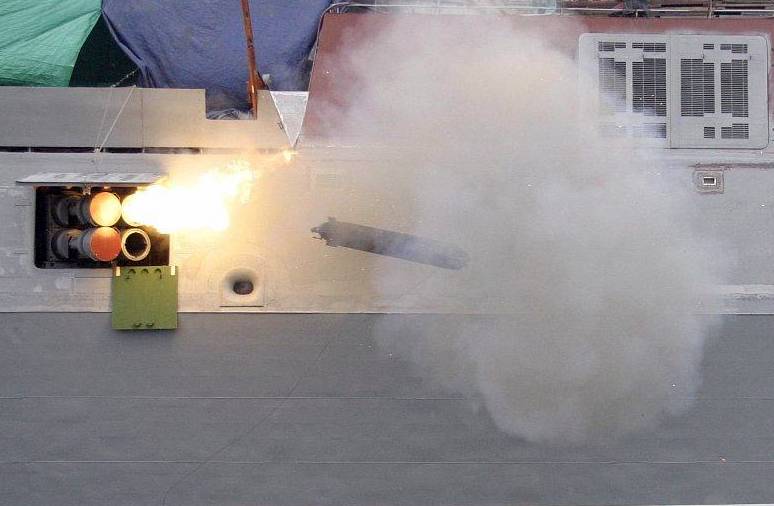
And here we have a problem. The fact is that, unlike the “normal” torpedo tube, the CM-588 can only be reloaded at the base. Next comes simple arithmetic. The 20380, 20385 project corvettes, the 20386 project corvette-overgrowth (unknown or unknown), as well as the 22350 project frigates have two CM-588 launchers, one on board. Taking into account the non-rechargeability and the fact that the ship necessarily needs anti-torpedoes to protect against attacks from submarines, we have a standard ammunition load: 4 torpedoes and 4 anti-torpedoes for each combat ship.
What if they are shot? How to fight? The answer is no way. This can not be done in any way. Having shot off the existing 4 anti-torpedoes, the Russian warship will become a target for an enemy submarine, which no one will reload.
How does the problem "look" technically?
From the "usual" torpedo tube the torpedo is fired with compressed air. The launch of a torpedo or anti-torpedo from CM-588 is performed using a powder charge. Naturally, the re-installation of the powder charge in TPK outside the manufacturing plant is impossible. In the usual TA torpedo load sailors, with the help of simple devices.
Sailors cannot load anything into TPK, it comes to the fleet already equipped, it is only necessary to install it on the launcher and connect the wiring.
And its mass is such that even if it is tightly surrounded by sailors, they will not be able to lift it to the height needed for reloading PU (look again at the photo). Mass TPK with a torpedo of about a couple of hundred kilograms fails to a ton. He is too heavy to be turned over in the closed ship space.
In a normal TA, a lid is opened during launch, for ejecting torpedoes from the TA pipe. The TPK "Package" no openable cover on a fully insulated and equipped TPK can not be, so there is a removable removable cover when fired. Disposable. Cost about 500 000 rubles. Shot from PU SM-588 frankly, is not cheap, that we, with our limited budget, looks like a mockery.
What is the process of reloading PU CM-588? Consider the example of a corvette project 20380.
Above the PU there is a sliding hatch through which the transport and launch containers can be loaded on board the ship and immediately put on the launcher. In order to take advantage of this hatch, it is necessary to moor the ship to the pier overboard, adjust the crane to the ship, remove the boat with the hatch, and then everything is simple - the TPC crane rises to the height and then descends into the hatch, where personnel of the warhead-3 secures them to the launcher.
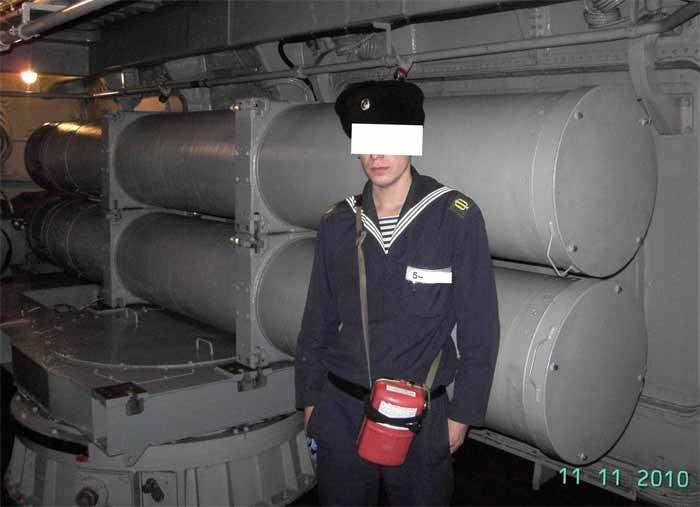
Then the hatch closes, the boat is put in place, and that's it - we can again beat off the 4 torpedoes and attack the boat with the same number of our torpedoes. And then you have to go back to the base, wherever the ammunition is spent.
You can, of course, assume that with the proper level of training, the personnel will be able to reload the CM-588 at sea using the floating crane, just as with the help of the floating crane it is possible to reload the Uran missile system at sea. But, firstly, it’s still a question of whether the enemy will give us the use of a floating crane, and secondly, a ship that has such a small number of anti-submarine weapons and anti-torpedo ammunition is very vulnerable. The helicopter onboard may not allow the weather to be used, and then, having repulsed the attack of the submarine and once counterattacked it, the ship would be unarmed. Until the floating crane still have to live.
Everything? Not.
The powder charge ejecting a torpedo from the TPK, generates a serious return when fired. But the installation has no depreciation devices. As a result, all the impact from the shot is perceived by the base of the installation and the deck of the ship on which it is installed.
The forces there are such that the base of the launcher had to be made really large and very heavy, and the launcher could only be installed on specially reinforced places on the decks of ships - specially reinforced for the installation of this launcher.
Can all this be considered normal? Just as normal non-rechargeable outside a gun factory machine at an infantryman. This not normal.
How did it happen?
It turned out that the idea of re-training torpedoes born only in the time immemorial early post-Soviet times was obtained only by the manufacturer.
The whole stupidity of this concept is impossible to describe. In theory, a torpedo launched in a “practical” (without a warhead) version can be fished out after firing practice, reprocessing and being issued back into ammunition, albeit in a combat version, even in a practical one.
The number of such re-preparations can be very large. At the same time, since the torpedo is a technically complex machine, a certain amount of its training launches in the practical version just need to be made to make sure that it is properly assembled and has no factory defects (and subsequently storage defects). Such launches do not adversely affect the torpedo resource, in order to “work it out”, it is necessary to launch it much more often than the fleet “of free will” would have done.
And this is not working with CM-588. The shot is too expensive (we remember the destructible cover), and the process of re-preparing the torpedo with reloading the TPK is also not cheap, and it takes a lot of time. As a result, we will not have statistics on failures for 324-mm torpedoes and anti-torpedoes.
It is also not clear how you can equip anti-submarine torpedoes launched in this way with modern hose telecontrol. After all, the explosion of a powder charge and a hose reel control, theoretically attached to the back of the torpedo tube, are incompatible from the inside.
And, of course, there is no question of upgrading an already existing ship, on which such a monster was not foreseen constructively from the very beginning.
Sell a similar system for export is also impossible.
What to do now?
First of all, look at the experience of other 324-mm torpedoes used by other countries (and we are entitled to consider our anti-torpedo M-15 a subspecies of 324-mm torpedoes).
Foreign experience
Foreign experience is simple. 324-mm torpedoes are launched from a small and light torpedo tube with a pneumatic launch, as a rule, a three-pipe, but there are other options. The main way to install TA - on the deck on the rotator. Since the recoil is low during the launch of a torpedo, the places for installing such TAs can be different, which is especially important when upgrading previously built ships. Moreover, if the rolling and maneuvering of the ship does not interfere, the TA is easily recharged after the launch of the torpedoes - the torpedoes are delivered on rails specially built on the decks on transport bogies by hands of personnel and the personnel are manually loaded into the torpedo tubes. The mass of 324-mm torpedoes is small and, as a rule, does not exceed 400 kilograms, and the six sailors with such a mass copes well, especially with special devices, very simple.
On a specially built ship, with the placement of a torpedo tube in an enclosed space, from where the sailor will not fall during any rolling, and partially mechanizing the supply of torpedoes to the TA from the ship’s arsenal, it is theoretically possible to recharge the TA directly during the battle, as on submarines, which multiply increases the combat capability of a ship compared to its counterpart, where it is impossible or difficult and dangerous to recharge directly in battle.
Naturally, the fleets of most countries have a streamlined mechanism for re-preparing torpedoes by forces and generally do not bear such expenses for a single shot, which are borne by the Russian Navy.
Can our fleet acquire such light torpedo tubes? Naturally. The scientific and technological potential of the Russian industry makes it possible to create such a torpedo tube without any problems and in a short time, and to adjust its mass production.
The problems here are purely organizational and psychological, having basically the destructive idea of re-preparing torpedoes solely by industry. Having refused this idea, it is possible to make a TTZ on a “normal” torpedo tube.
How it should look
We need a family of unified one-, two-, and three-tube torpedo tubes, suitable both for installation on a rotary device, and for a fixed installation, including inside the ship's hull. They should have pneumatic start, low recoil and simple construction. No need to wise, this is not the case.
After the creation of such a device, the “Package-NK” complex should be reworked to be combined with it. After this, it is necessary to replace the CM-20380 installations already installed on the 20385, 22350, 588 projects with normal torpedo tubes, and to design the newly designed ships in such a way that torpedo tubes can be reloaded during the battle, which is technically quite feasible.
The creation of such devices will open up opportunities for the use of the Package-NK complex on ships built in the past years, on which the Package-NK was not intended to be the original design, including on light ships, even on small rocket ships that today are quite "worthy" target for submarines. Now all this is almost impossible. With light monotube hard-mounted TAs, this will be possible even on very small ships.
The export potential of such a torpedo tube will also be incomparable with the existing CM-588, in which it is equal to zero.
Currently, having an excellent anti-submarine torpedo caliber 324 mm and so far the best anti-torpedo in the world in the same caliber, and in mass production, Russia does not have a full-fledged torpedo tube for its launch. This is paradoxical and absurd, and this problem should be solved as soon as possible, and the monstrous CM-588 should replenish a number of technical curiosities, which they, in fact, are.
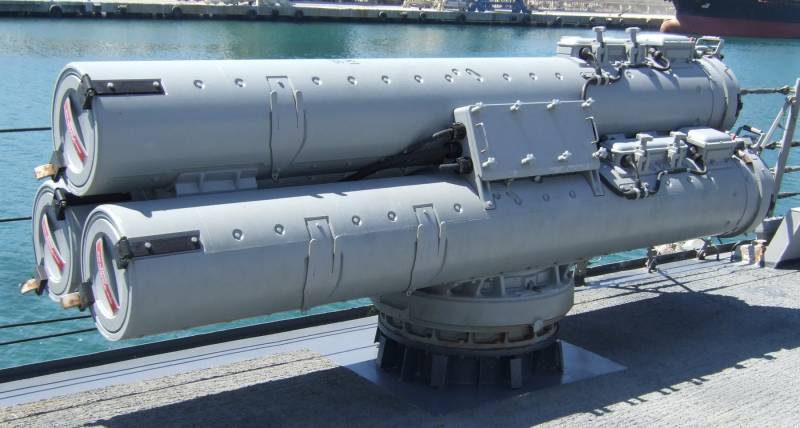
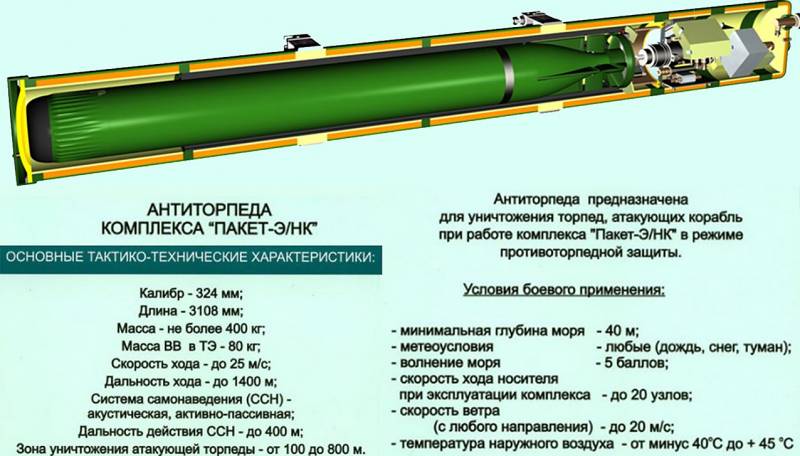
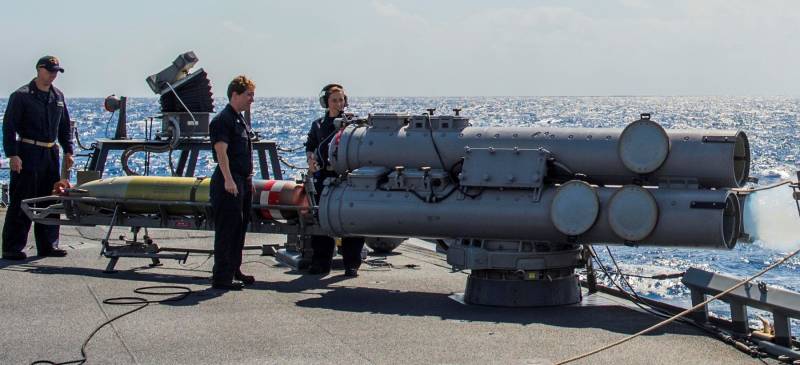
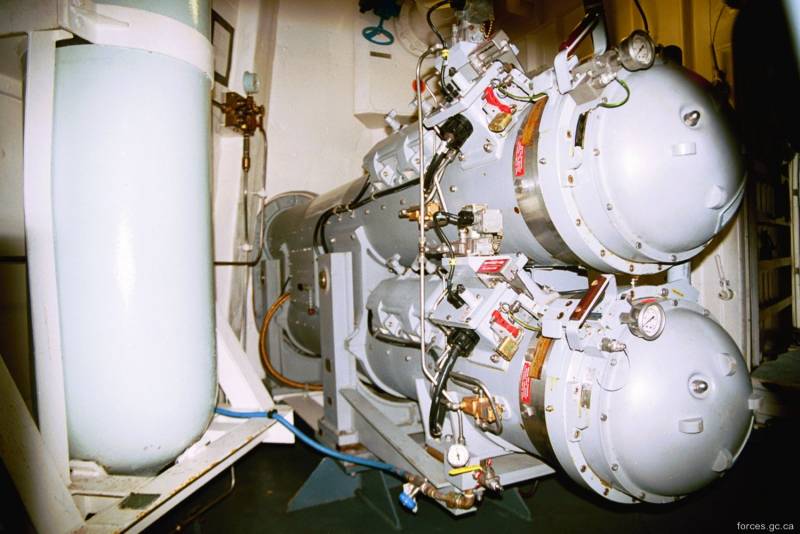
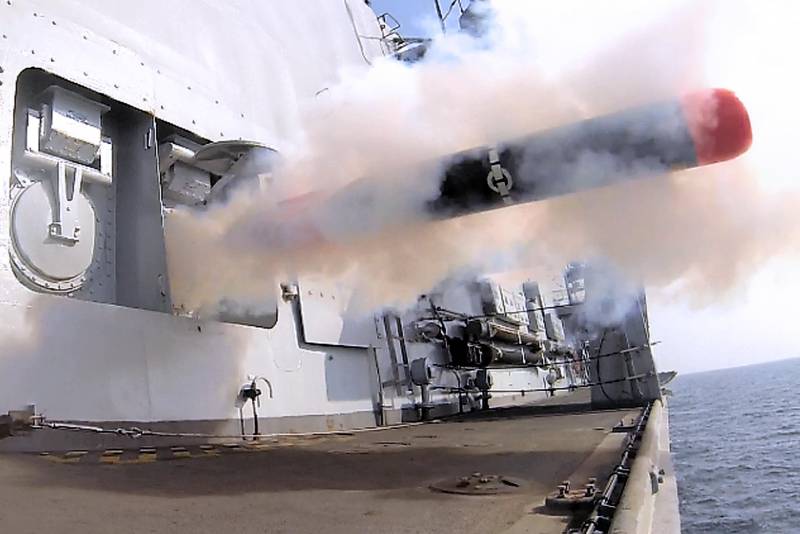
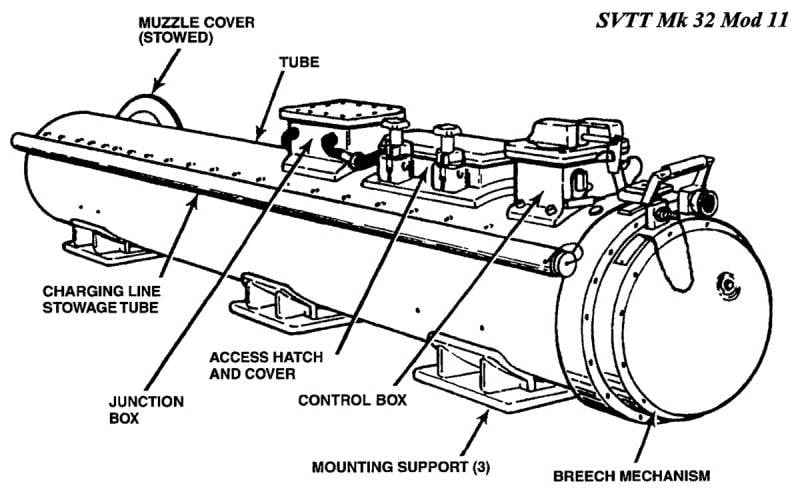
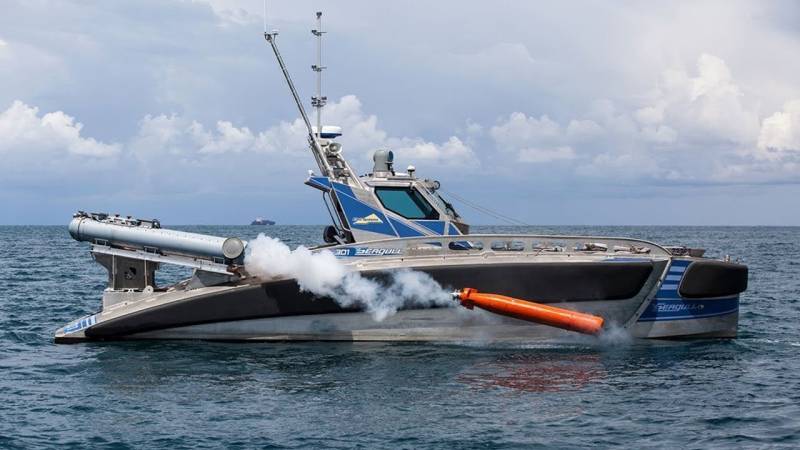
Information